The OSC stands for 'Oh So Cool.' Maybe.
I first stepped foot into FRACT OSC having never heard of the game. Unnerving perhaps, but that's how it is the majority of the time. So much dross has been peddled onto Steam because of its infuriating lack of quality control that I usually don't quite know what I’m going to be playing. I immediately have my suspicions that any given assignment is going to provide me with yet another tiresome experience and force me to write another negative review. Simply put, if a PC game hasn’t made its way onto my radar before I’m asked to review it, I assume I’m going to be underwhelmed. Fortunately, that was not the case with FRACT OSC.
Developer Phosfiend Systems refuses to give you any in-game pointers as to your objective, so I spent the first 10 minutes or so ambling around the game’s neon landscape with not a clue of what to do nor where to go. I began to have the sneaking suspicion that I was playing Proteus, albeit with a voxel makeover that gave it the appearance of Dreamcast classic Rez. For me, not being a fan of Proteus, this was a terrible suspicion to have.
Then, I fell upon a puzzle. As I began to solve it, the eerie silence that pervaded my surroundings was replaced by the tuneful buzz and beeps of electronic music, and parts of the world that had previously been shrouded in darkness were suddenly lit up by the neon lights of the once-dormant pillars that lined the environment. I was bringing light and sound to the world of FRACT OSC and that was my first inclination of what the game wanted from me. I wasn’t expected to simply roam around and admire my Tron-esque surroundings—though, with FRACT being an open-world puzzle game that was also an option—but to build upon it and bring it to "life."
Despite FRACT’s visual style and palette of vibrant colors, there’s still something that feels intrinsically organic about its environment. The player-character is seemingly the only sentient being roaming the world, but it still feels remarkably alive with towering, unearthly, and unmanned structures given the appearance of some sort of apocalyptic cityscape (albeit one splattered with the liquid you’d find on the floor of an ‘07 rave, pooled together from the remnants of glowsticks broken in the hands of boisterous, acne-ridden Klaxons fans), it shifts and morphs into place by your touch. It’s a wondrous and sprawling setting and one which I frequently became lost in, both intentionally and unintentionally.
So FRACT is gorgeous, we know that much, but is it yet another case of style over substance? No. In fact, the most intriguing aspect of FRACT is that its style is its substance. The game's puzzles each place you in control of a variety of synthesizers, some of which are comparable to real-world instruments and others which are distinctly otherworldly, requiring the movement of blocks, the turning of floating dials and other such instruments in order to fill the world with sound. These puzzles are unique in that they are almost solely based upon musical logic, requiring you to listen as well as think.
For example, some puzzles require you to fill a few meters simultaneously by creating a beat pattern. These beat patterns must make sense rhythmically, so creating a beat pattern that forms a series of incompatible sounds rather than a cohesive rhythm will not work. Working out these beat patterns and filling an area with vibrant electronic music offer a real sense of achievement, though this is where the game also falters.
Considering that I found almost every puzzle more than a little difficult to wrap my head around, I’d often spend roughly 15-20 minutes attempting to solve them, with some of the particularly tough ones taking me upwards of 30 minutes. While this wouldn’t have been a problem in and of itself (what is a puzzle game supposed to be if not puzzling?), the repetitiveness of the beats can become maddening during a lengthy period of time. When I struggled with a puzzle, I’d find myself lowering the volume on my headphones so as not to send myself hurtling into a psychotic episode brought upon by the endless ambient bleeps and bloops.
That said, this annoyance pales in comparison to the thrill of creating new sounds by way of solving the puzzles. Revisiting old areas of FRACT’s surprisingly large sandbox world and hearing the blissful tunes I’d filled them with is, for lack of better words, downright cool. Playing it is like walking through the Drive soundtrack, with its '80s pastiche and varying shades of luminous pinks, greens, blues, and yellows, with its art style, sound design, and gameplay complementing each other far more competently than most other games in recent memory.
Often the key issue with puzzle games, though, is replayability. In the age of YouTube where impatient players will visit walkthroughs if they find themselves becoming stuck on a difficult part of a game, FRACT’s 8-10 hour runtime could find itself becoming whittled down rather swiftly. However, Phosfiend Systems has ensured that there’s something to keep you coming back for more, adding in Studio which allows you to create and mix beats of your own.
Studio is even directly linked to YouTube, meaning that you can easily upload your creation to the site to instantly share it with others. This feature is surprisingly intuitive, allowing you to create lengthy pieces of music and edit them as you see fit, adding various effects to your creations before you post them online. It’s a great addition to FRACT that’s practically tucked away behind the main game, but one that is more than worthy of a few hours of your time and will likely see some budding DJ types uploading some enviably good music.
FRACT OSC is one of the best original games released on Steam in a long time. It is abundantly clear that it has been created by a team that shares an equal passion for both music and games, and its unique concept and gorgeous, vibrant world deserve to be explored by as many people possible. If you’re in ownership of functioning eyes and ears, then you owe it to yourself to play this game.
Code provided by publisher. Available on PC and Mac.
-
Unique music-based puzzles
-
A gorgeous world, waiting for you to light it up
-
The Studio offers hours of replayability outside of the main game
-
Excellent soundtrack
-
Repetitive music can become annoying when you're stuck on a puzzle
FRACT OSC
-
FRACT OSC #1
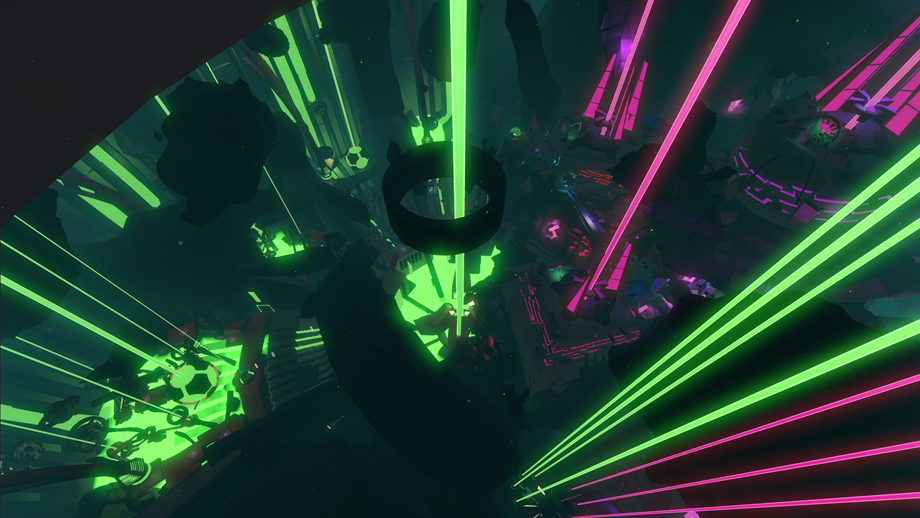 [Click for full-size image]
[Click for full-size image] -
FRACT OSC #2
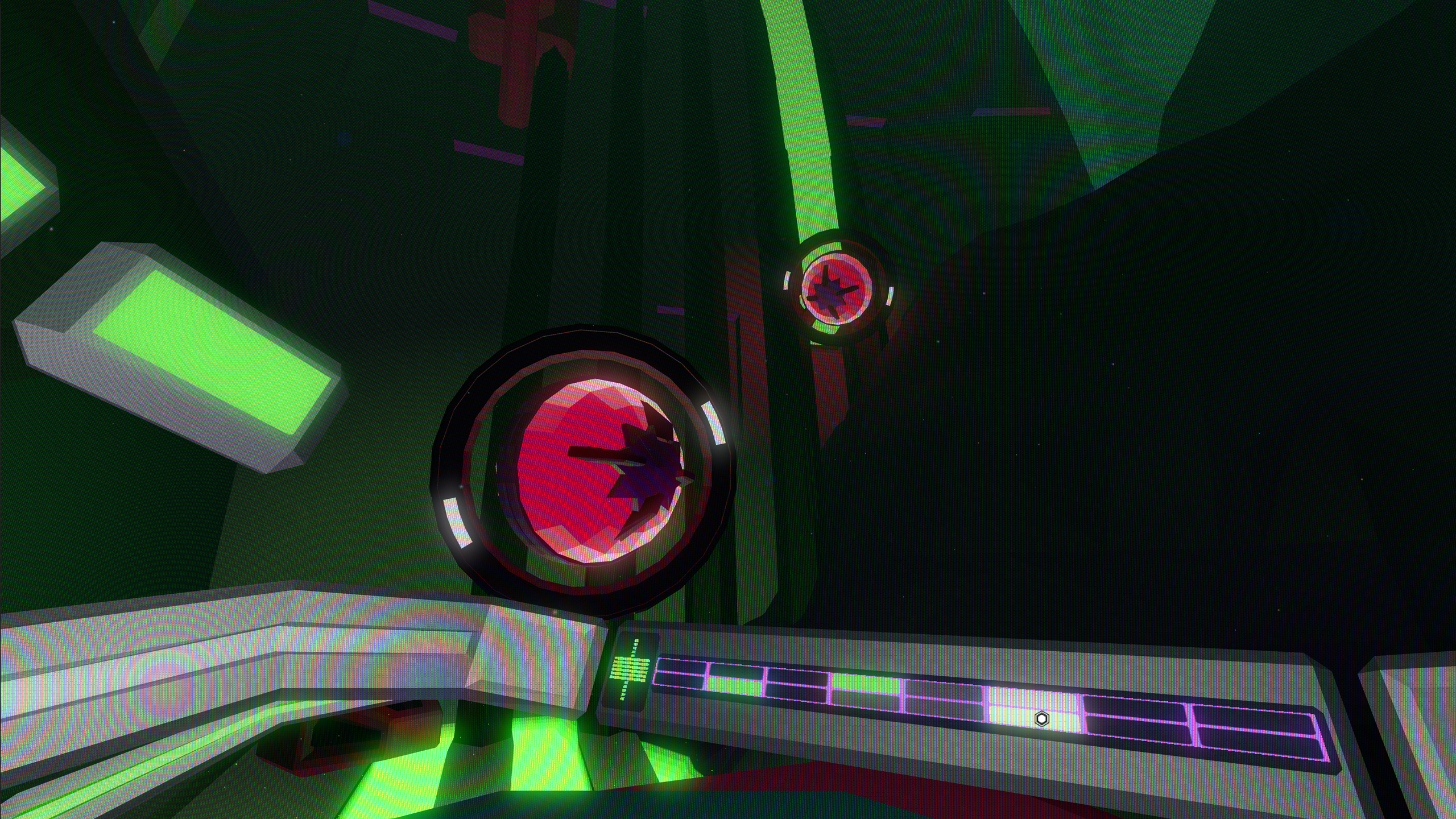 [Click for full-size image]
[Click for full-size image] -
FRACT OSC #3
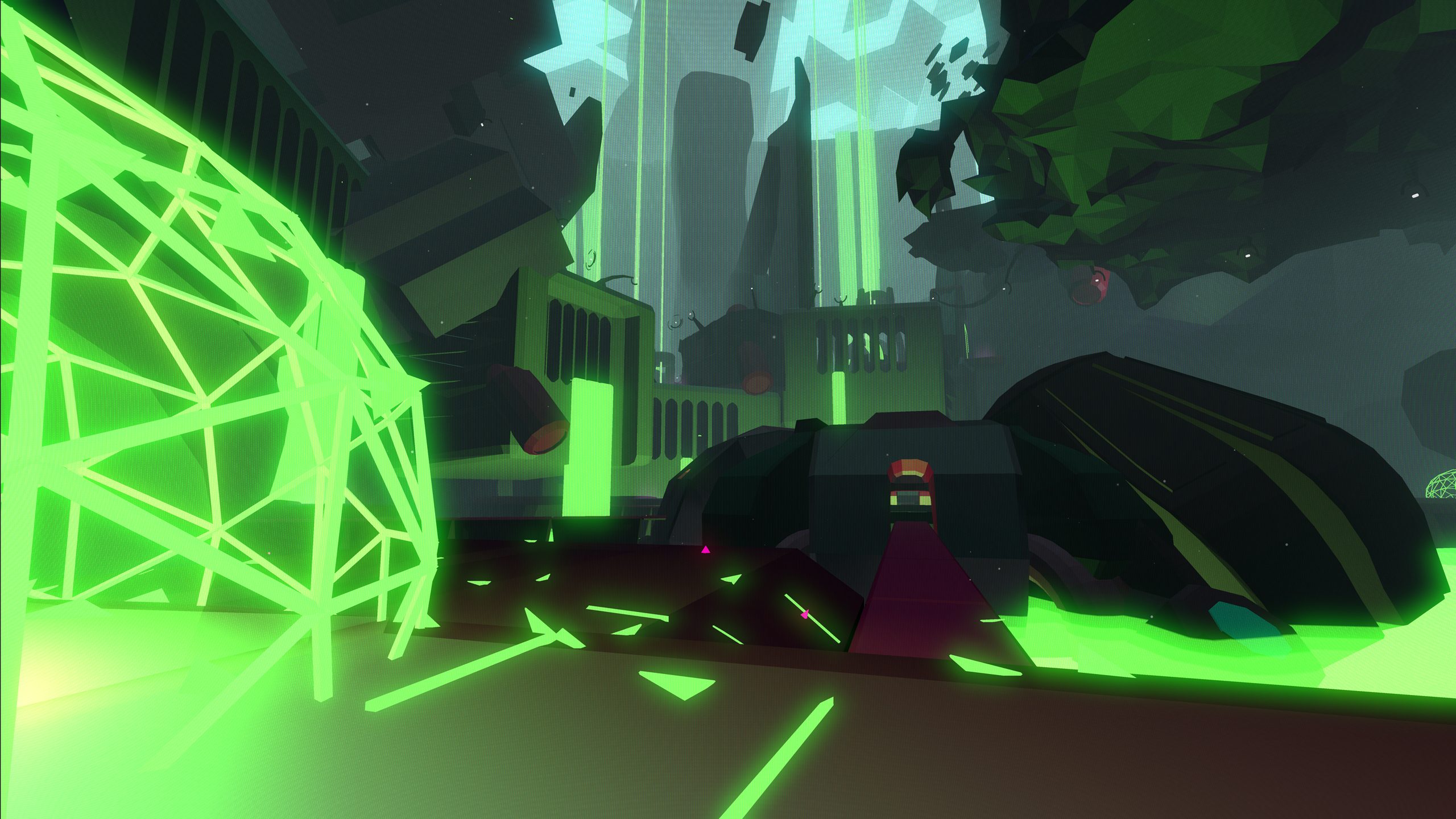 [Click for full-size image]
[Click for full-size image] -
FRACT OSC #4
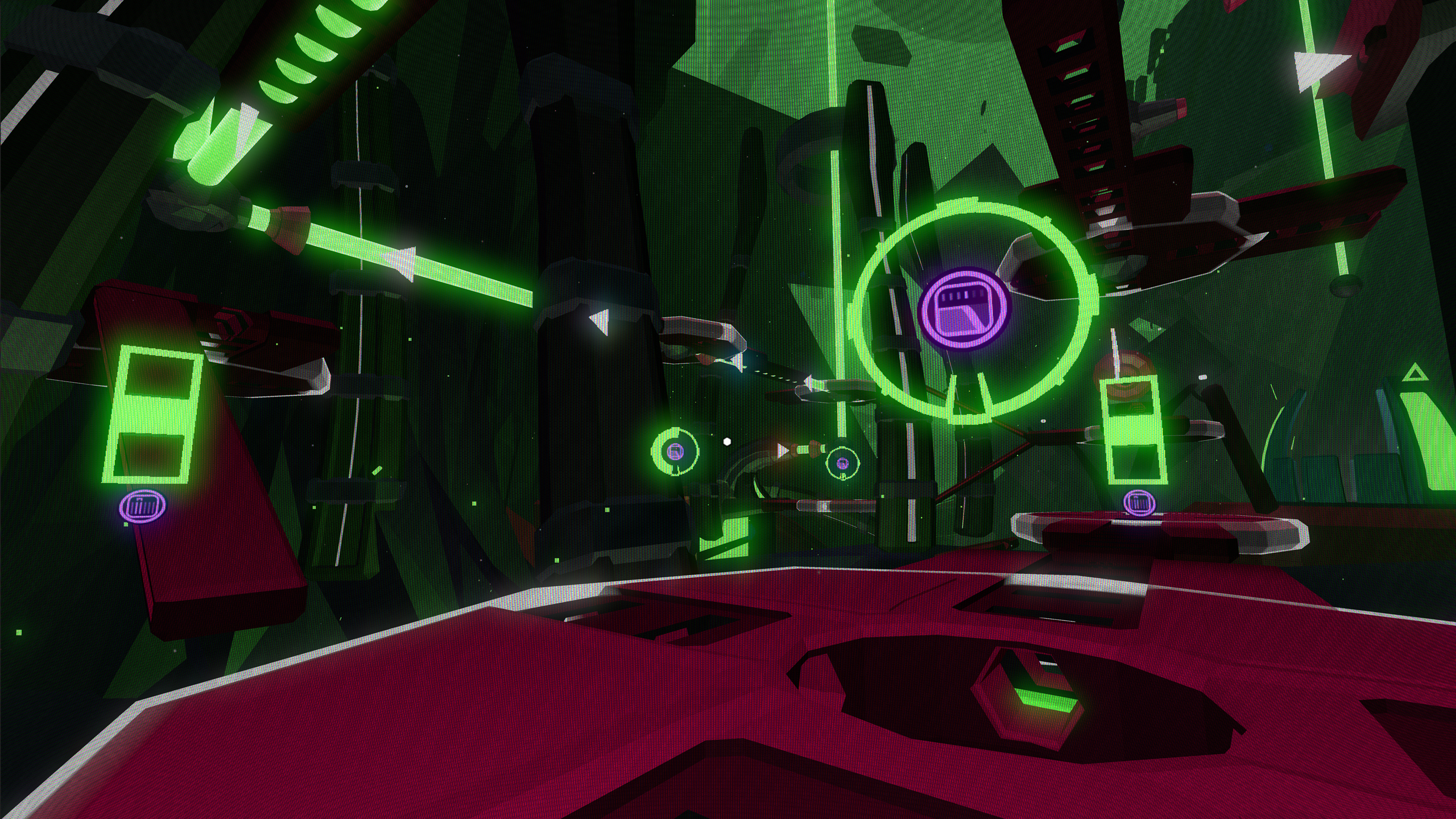 [Click for full-size image]
[Click for full-size image] -
FRACT OSC #5
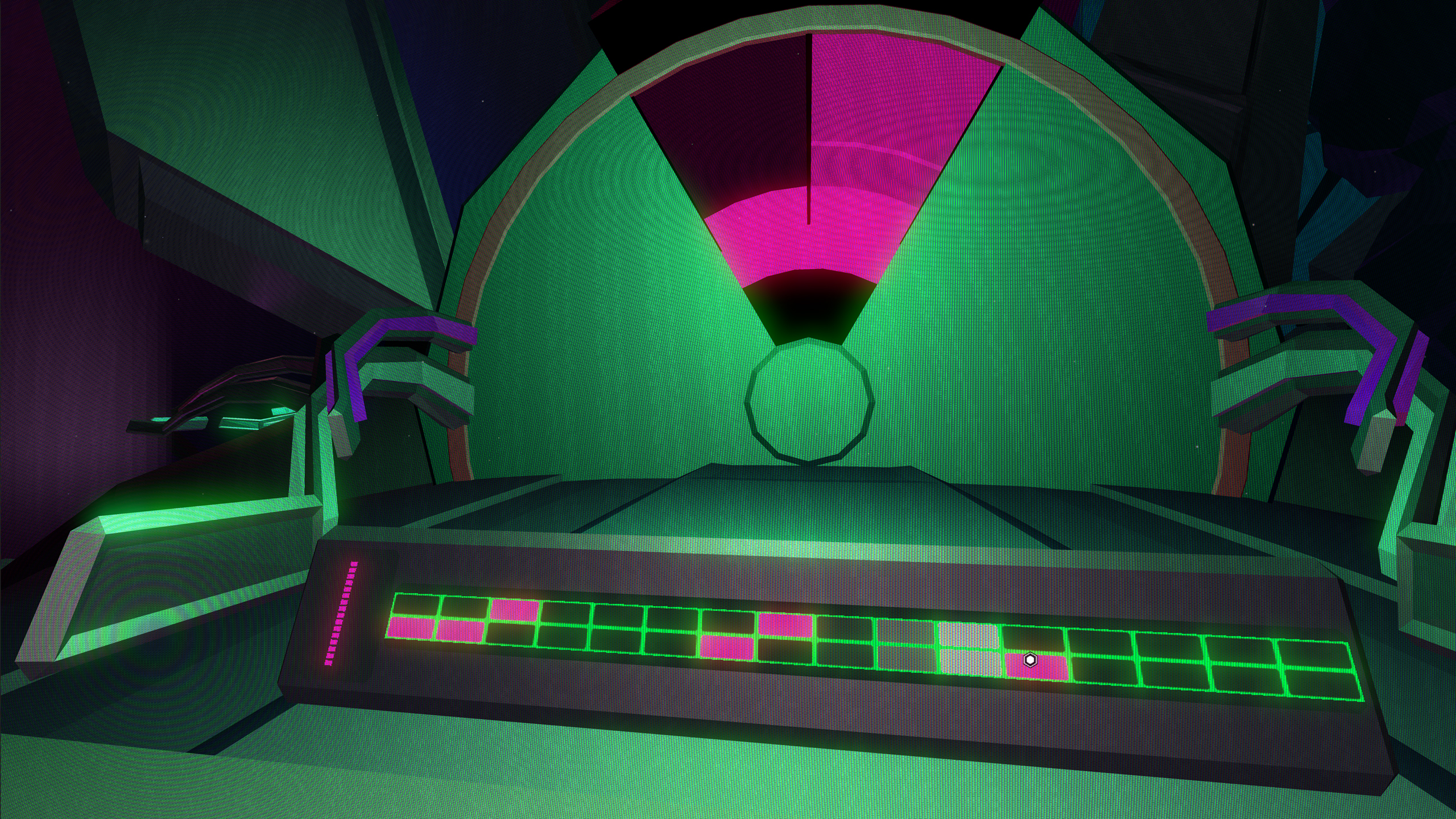 [Click for full-size image]
[Click for full-size image] -
FRACT OSC #6
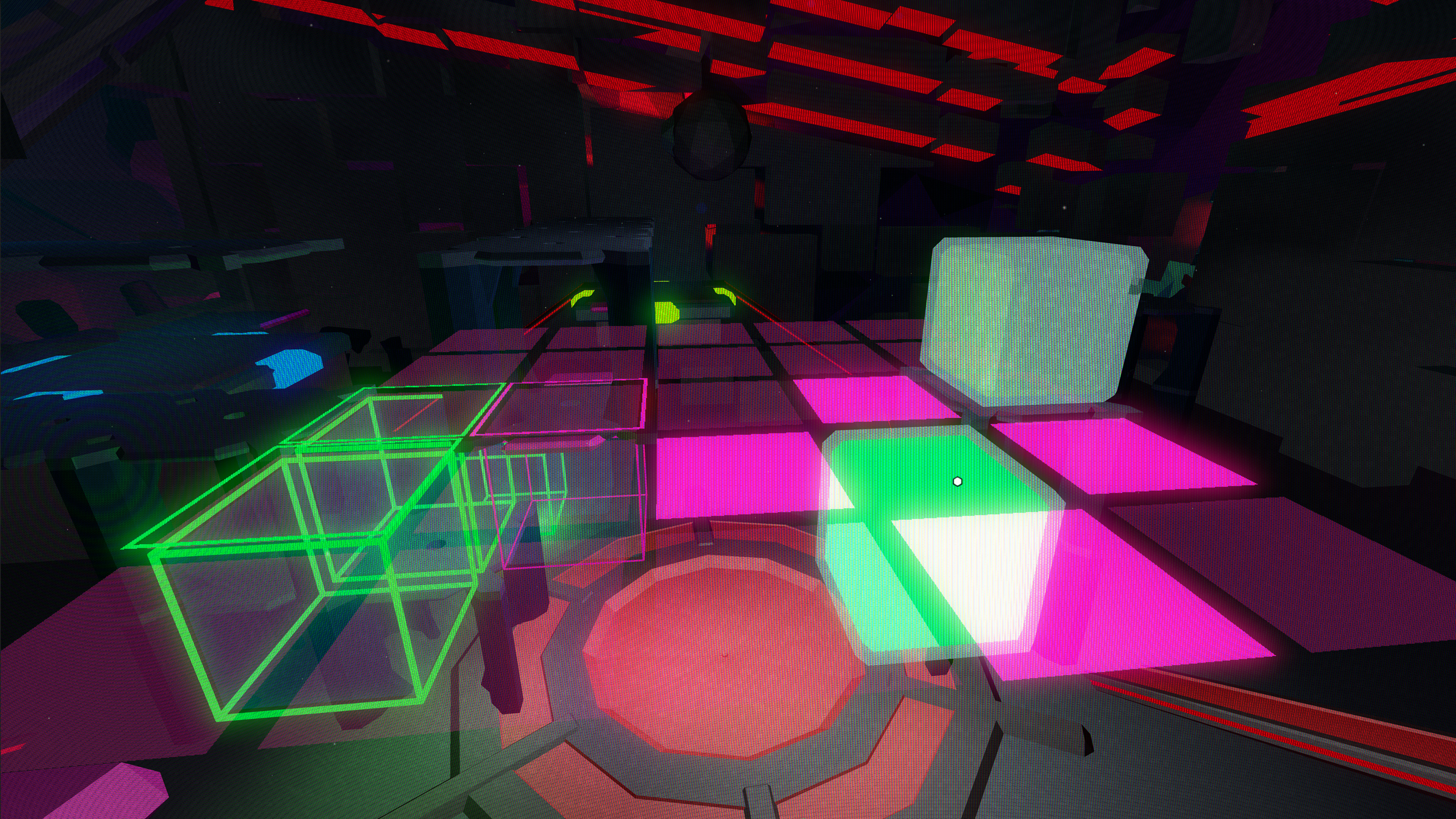 [Click for full-size image]
[Click for full-size image] -
FRACT OSC #7
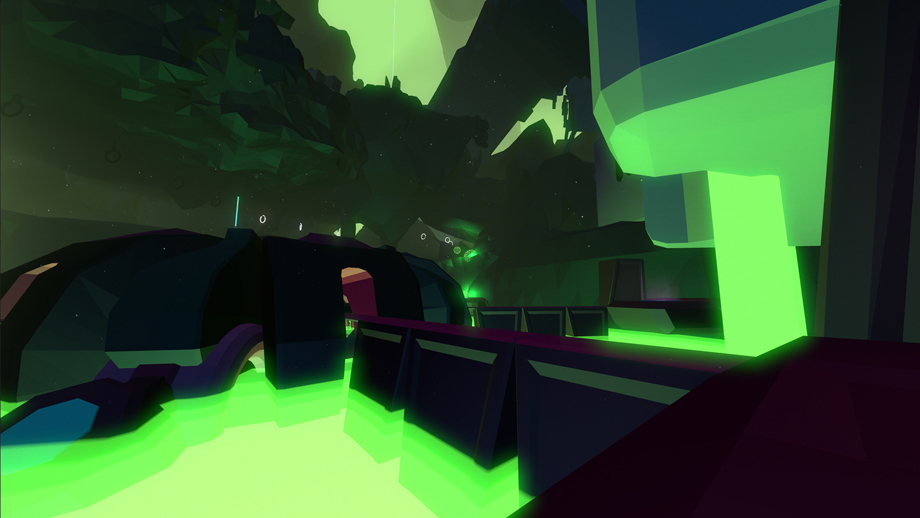 [Click for full-size image]
[Click for full-size image] -
FRACT OSC #8
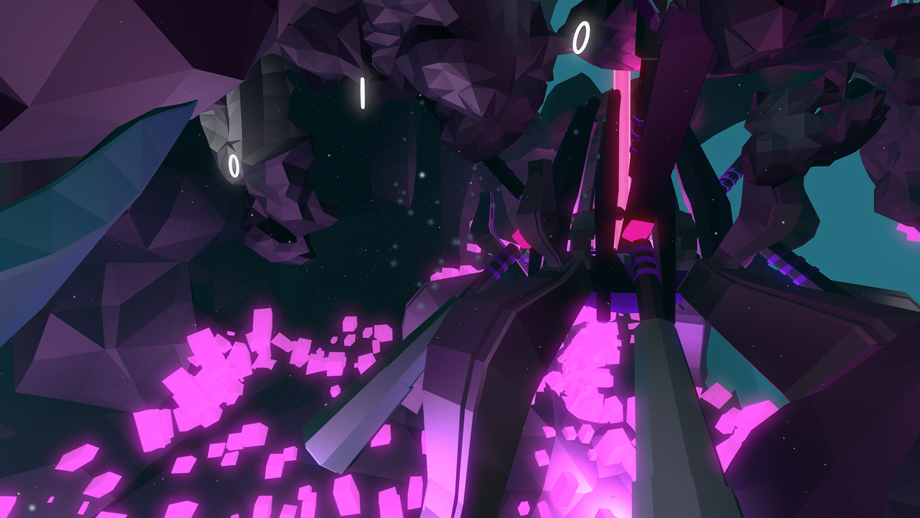 [Click for full-size image]
[Click for full-size image] -
FRACT OSC #9
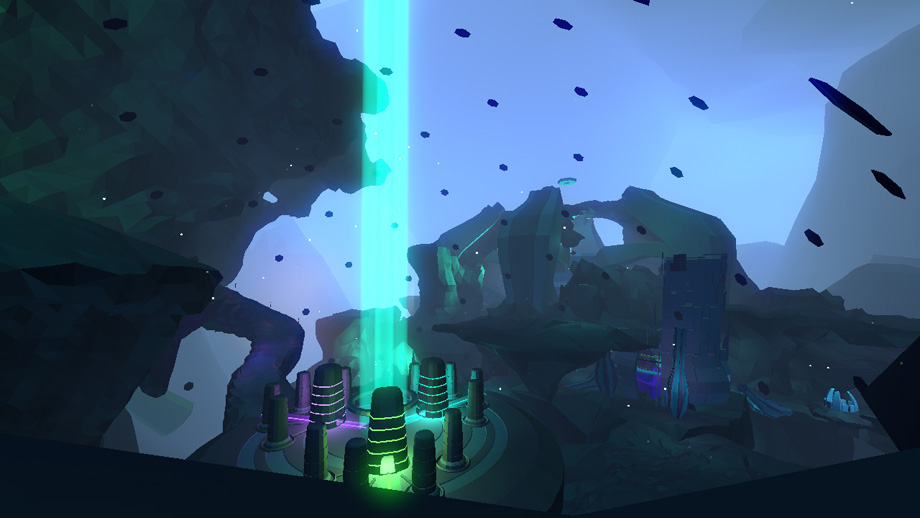 [Click for full-size image]
[Click for full-size image] -
FRACT OSC #10
 [Click for full-size image]
[Click for full-size image] -
FRACT OSC #11
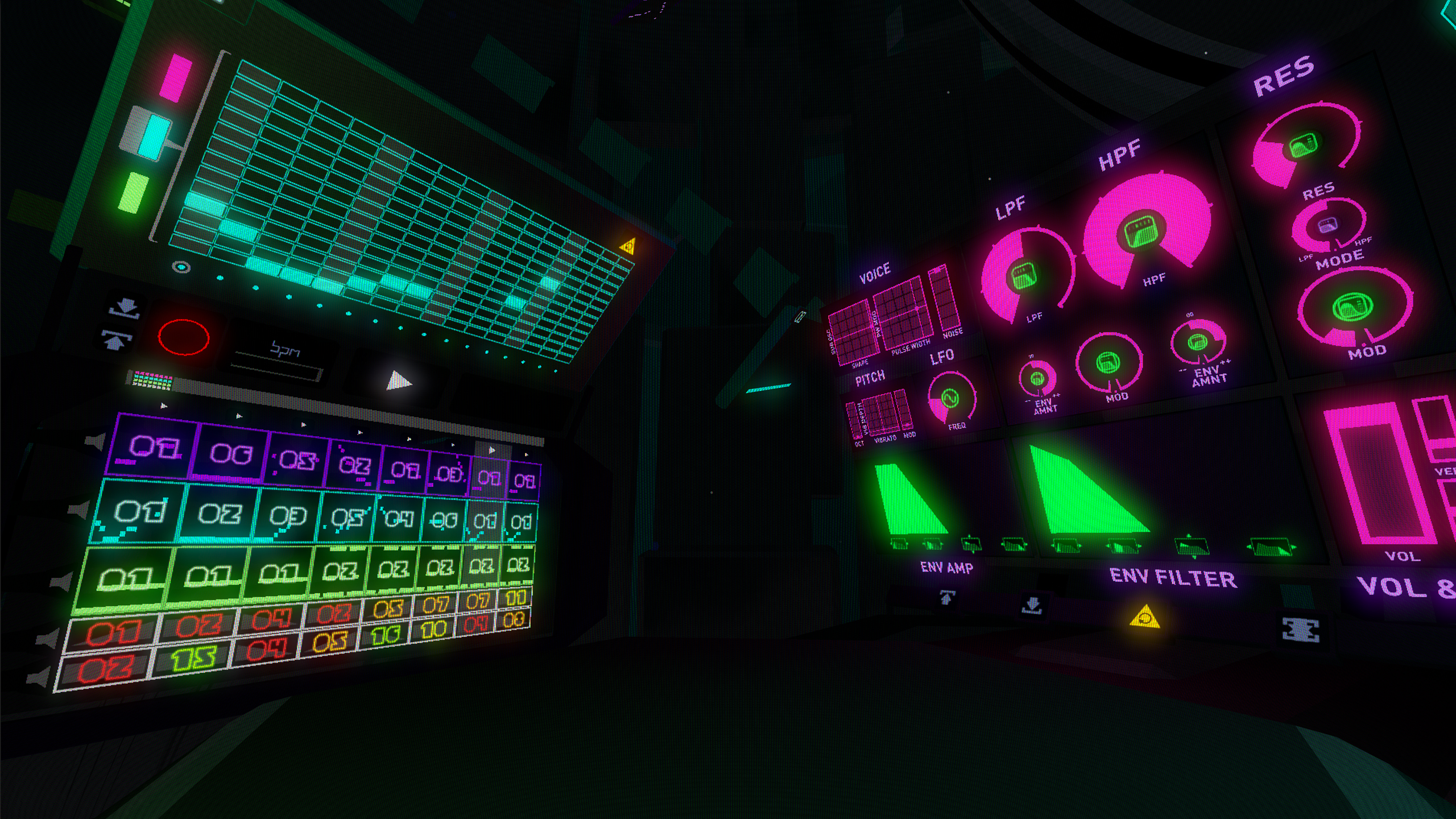 [Click for full-size image]
[Click for full-size image] -
FRACT OSC #12
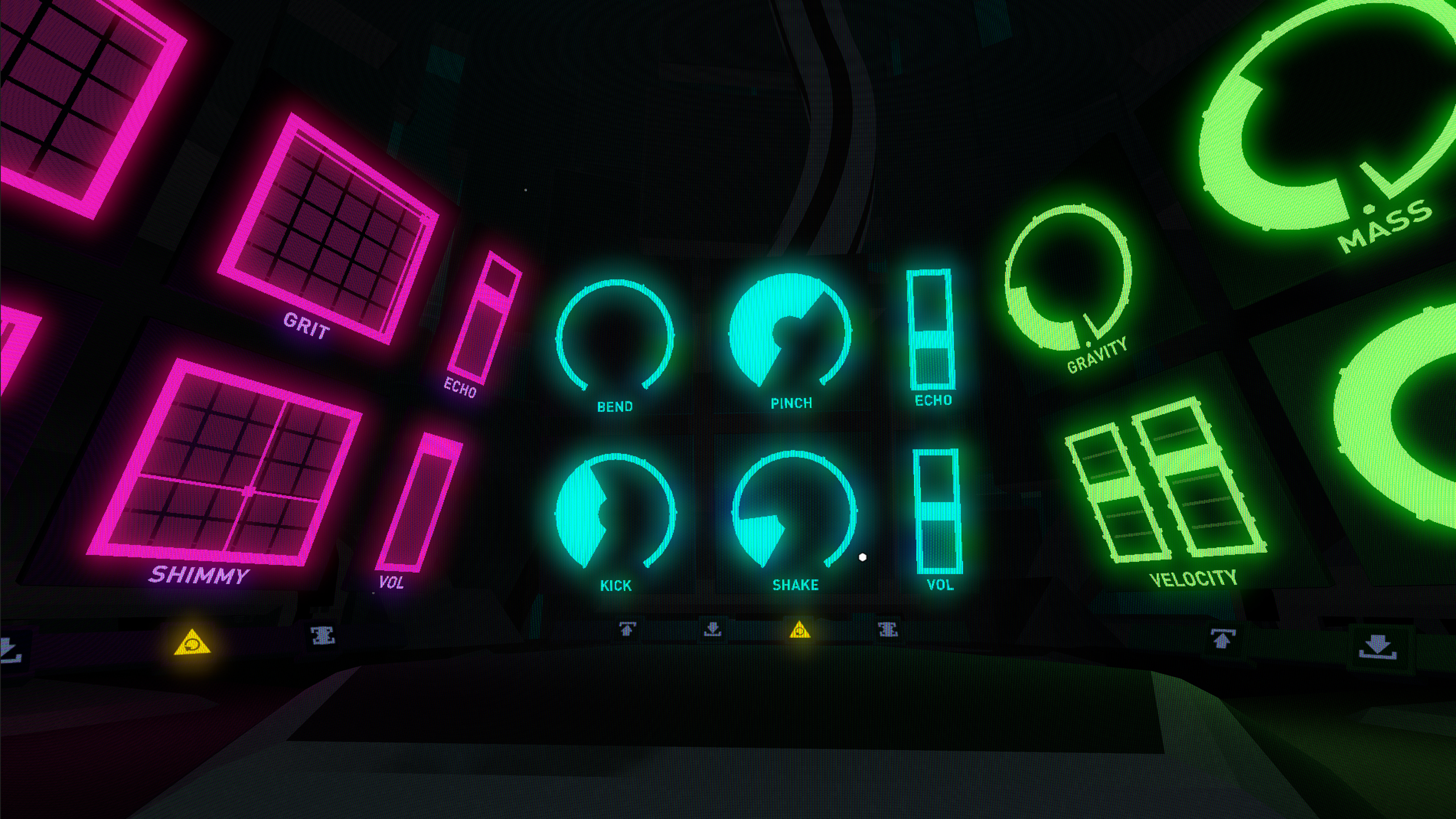 [Click for full-size image]
[Click for full-size image] -
FRACT OSC #13
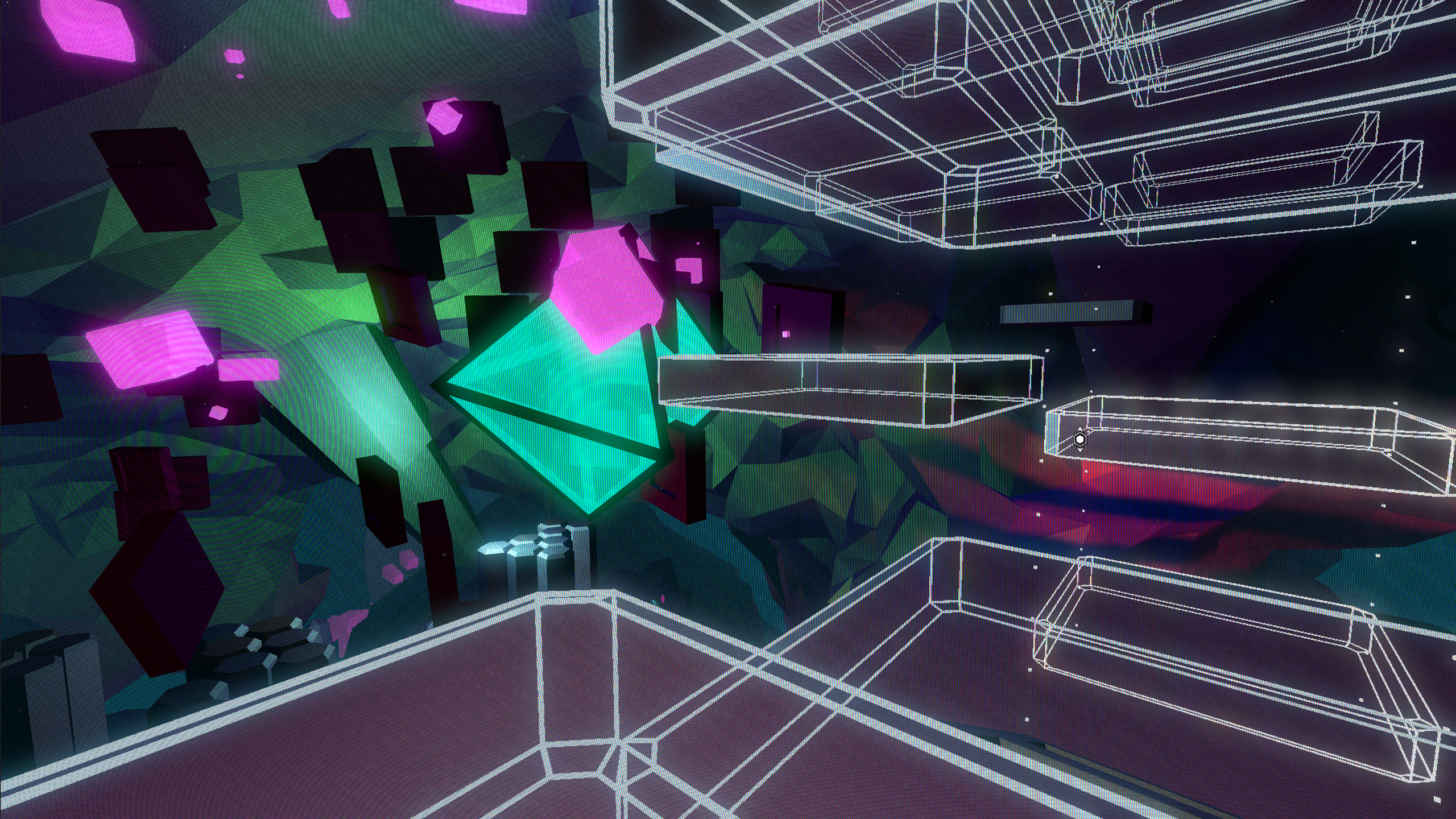 [Click for full-size image]
[Click for full-size image] -
FRACT OSC #14
 [Click for full-size image]
[Click for full-size image]









